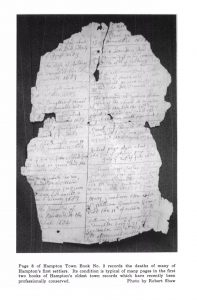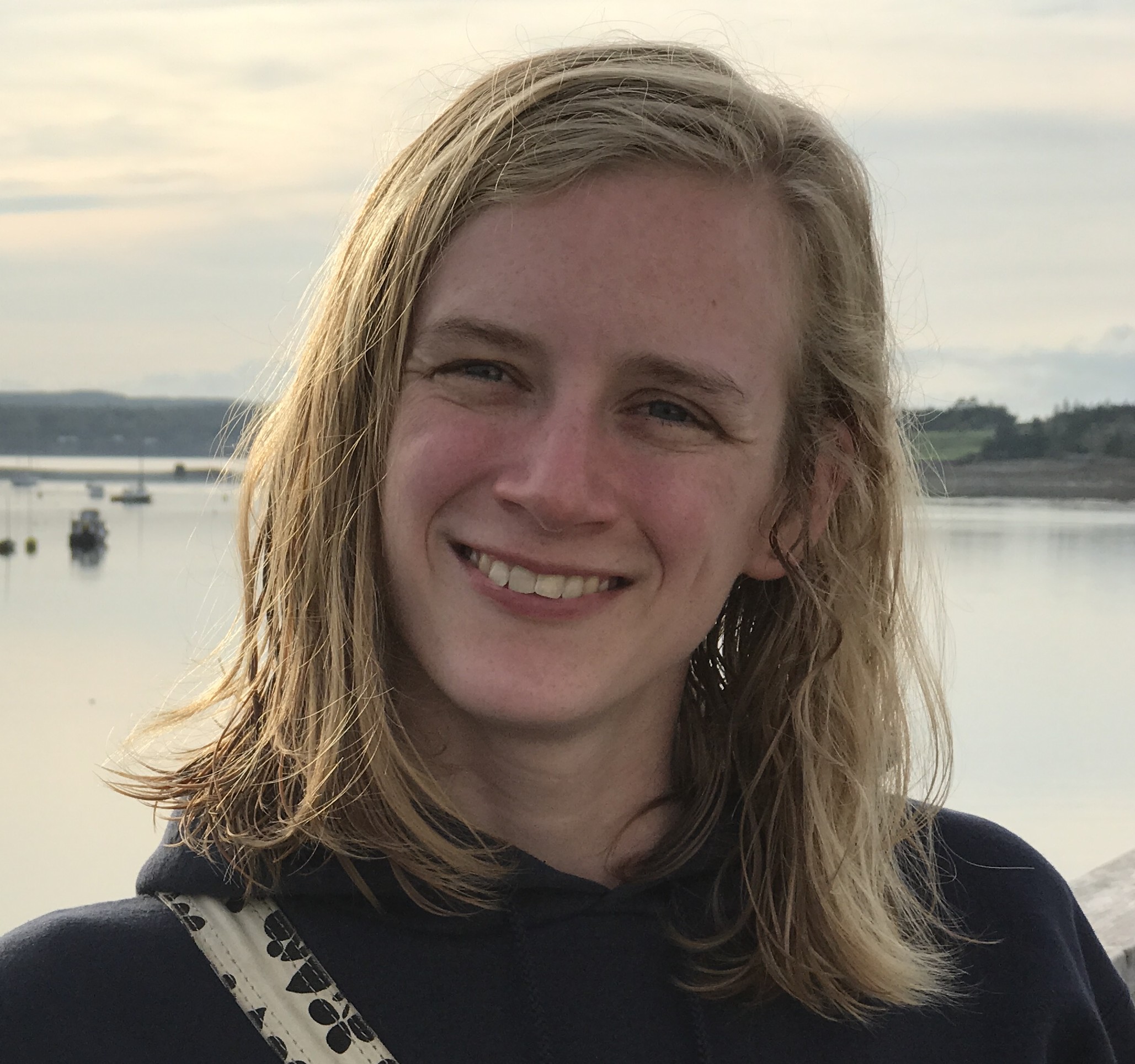 This past week we held our annual Volunteer Luncheon, thanking all the volunteers at NEHGS for the prodigious amount of work they do to help our Society. Here on the database team, we have many volunteers who help scan and index the original material from which we create our databases. We want to highlight some of the databases that we have re-released lately and the volunteers who have made this possible.
This past week we held our annual Volunteer Luncheon, thanking all the volunteers at NEHGS for the prodigious amount of work they do to help our Society. Here on the database team, we have many volunteers who help scan and index the original material from which we create our databases. We want to highlight some of the databases that we have re-released lately and the volunteers who have made this possible.
Why do we “re-release” our databases? Many of our databases are fully searchable throughout seven categories: first name, last name, year, record type, parents’ names, spouses’ names, and location. However, some of our older collections are not indexed with all of that information. Perhaps a collection is only searchable by last name and record type. Our wonderful volunteers work to transcribe images of the original material, creating a spreadsheet that does contain each of the seven categories to the extent that information is available in the original.
Our volunteer coordinators, Marie Wells and Helen Herzer, assign work to the volunteers, collect it back, and proofread the spreadsheets as a double check. Back at NEHGS, we look over the spreadsheets a third time before uploading the new and improved information into our databases to be searched more easily by our users.
The work done by these early transcribers was difficult...
Over the past month or so, we have re-released five sets of vital records from throughout New England. These collections of births, deaths, and marriages were all transcribed by passionate genealogists and record-keepers in the 1800s from original town records that were often in varying states of decay due to age or improper storage. The work done by these early transcribers was difficult as they wrangled records in poor condition, illegible handwriting, and disparate information between town, county, and state records (and, often, discordant record-keeping practices).
The introduction to the vital records of Hampton, New Hampshire (shown above) includes a striking image of one of the original town records which highlights the important work done by these enthusiasts in the 1800s. Their transcriptions allowed these fragile documents to be disseminated in book form so that information was not lost and many people could view and handle the records in a new format. Our databases now continue that mission of expanded reach and improved access for users as the books in turn grow old.
Below are listed our newest improved sets of vital records along with the volunteers who worked on them. These are not all the volunteers who volunteer for the web team, but we hope to highlight more in future posts!
New Haven, CT: Vital Records, 1649-1850
Julie Nathanson, Hank Crombie, Jeanne Brown, Barbara Holt, Karen Ristic, Ray Ristic, Pat Harney, Nancy Borman, and Pat Dalpiaz
Seymour, CT: Vital Records 1700-1910
Carole Livingston, Connie Beattie, Richard Pulsifer, Julie Hammons, and Marie Wells
Hingham, MA: Vital Records 1637-1845
Arlys LaFehr, Elizabeth Handler, Karen Ristic, and Ray Ristic
Wells, ME: Vital Records, 1737-1841
Barbara Holt, Sue Hurlburt, and Liz Odell
Hampton, NH: Vital Records to 1900
Larry Akin, Margaret Parker, Fran Danico, Pat Harney, Barbara Holt, Jackie Horton, Bruce McKeeman, Loretta Brown Aldrich, Linda Reinfeld, and Rich Wood
Share this:

About Molly Rogers
Molly is from York, PA. She studied English and French at Colby College in Maine and has a Master’s degree in Library and Information Science from Simmons College. She enjoys many outdoor pursuits such as whitewater kayaking, mountain biking and cross-country skiing and has a few indoor hobbies like reading, knitting and creating a genealogy website for her grandmother’s family.View all posts by Molly Rogers →